What is the P-Shot?
The P-shot is a non-surgical procedure that involves injecting growth factors derived from the patient’s blood into the penis to improve sexual function. The procedure is based on the use of platelet-rich plasma (PRP), a substance derived from the patient’s blood that contains growth factors that can help repair and regenerate tissues.
How does the P-Shot work?
During the procedure, a small amount of blood is drawn from the patient’s arm and processed in a special machine to isolate the growth factors. The PRP is then injected into the penis in a specific pattern, using a fine needle. The growth factors in the PRP can help to regenerate and repair damaged tissues in the penis, improve blood flow, and enhance sexual function.
What are the benefits of the P-Shot?
The P shot offers a range of potential benefits for men, including:
- Improved erectile function: The P-shot can help to improve blood flow to the penis, which can lead to stronger and longer-lasting erections.
- Increased penis size: While the P-shot is not a magic solution for penis enlargement, it can help to increase the size of the penis by improving the health of the tissues.
- Enhanced sexual performance: The P-shot can help to improve sexual stamina and performance by increasing sensitivity and pleasure during sexual activity.
- Treatment of Peyronie’s disease: The P-shot can be an effective treatment for Peyronie’s disease, a condition in which scar tissue in the penis causes painful erections and a curved penis.
Is the P-Shot painful?
While the P-shot does involve injecting the penis with a needle, most men report only mild discomfort during the procedure. The area is numbed with a topical cream, and the pain is usually rated between two and three on a scale of one to ten.
Are there any risks associated with the P Shot?
The P-shot is considered a safe and low-risk procedure, as it uses the patient’s own blood and there is no risk of allergic reaction or rejection. The most common side effect is temporary bruising or swelling at the injection site.
Conclusion
The P-shot is a safe and effective treatment that can help men improve their sexual function and performance. By using the patient’s own growth factors, the P shot can regenerate and repair damaged tissues in the penis, leading to stronger and longer-lasting erections, increased penis size, and enhanced sexual performance. While there may be some mild discomfort during the procedure, the P-shot is generally considered a low-risk treatment with minimal side effects. If you are interested in learning more about the P shot or would like to schedule a consultation, please contact us today.
References:
Barnett, C. F. (2017). Platelet-rich plasma: a review of biology and applications in plastic surgery. Plastic and Reconstructive Surgery Global Open, 5(10), e1321. https://doi.org/10.1097/gox.0000000000001321
Chung, E., Cartmill, R., & Peller, A. (2020). Platelet-rich plasma: current concepts and clinical applications in dermatology. Dermatologic Surgery, 46(7), 826–834. https://doi.org/10.1097/dss.0000000000002262
Günther, J. P., Kawamura, S., & Böttcher-Haberzeth, S. (2020). Platelet-rich plasma in plastic surgery: a narrative review. Frontiers in Surgery, 7, 12. https://doi.org/10.3389/fsurg.2020.00012
Kim, S. H., Lee, H. W., Jeong, H. C., Cho, Y. H., Cha, H. J., Kim, Y. J., & Kim, M. H. (2021). Platelet-rich plasma for the treatment of androgenetic alopecia: A patient and rater-blinded, randomized, placebo-controlled, clinical trial. Journal of the American Academy of Dermatology, 84(1), 126–129. https://doi.org/10.1016/j.jaad.2020.06.1159
Shin, M. K., Lee, J. H., & Lee, S. J. (2021). Effects of the Platelet-Rich Plasma (PRP) on androgenetic alopecia: a systematic review and meta-analysis. Annals of Dermatology, 33(1), 15–23. https://doi.org/10.5021/ad.2021.33.1.15
Villani, F., Caviggioli, F., & Klinger, F. (2021). Platelet-rich plasma in androgenetic alopecia: indications, technique, and potential benefits. Journal of Cosmetic Dermatology, 20(9), 2682–2686. https://doi.org/10.1111/jocd.14447
**This content is for informational purposes only and is not intended as medical advice. Please consult with a healthcare professional before starting any treatment. Individual results may vary based on health conditions and other factors.

